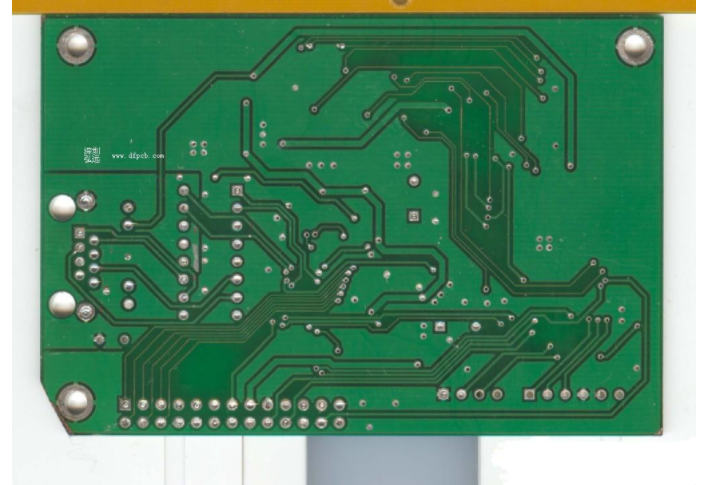Impedance control of circuit board manufacturers
For standard circuit boards, circuit board manufacturers will obtain a set of patterns-copper patterns, hole patterns, ink patterns, these patterns are combined into a circuit board, and all pattern sizes and positions are within a certain tolerance range. Failure to meet specific dimensions or locations with specified tolerances may cause the board to be rejected. If the trace has been defined as an impedance control trace, it is not a strictly defined trace size, but an impedance. Although the nominal trace size will be provided in the Gerber layer, it should be understood that as long as the final impedance is within tolerance, the circuit board manufacturer can change the trace width, height, and dielectric thickness.
Generally, Level 3 service can be used for impedance control printed circuit boards.
No impedance control: The impedance tolerance is wide enough, as long as it is designed correctly within the standard specification, the correct impedance can be generated simply by designing without additional precautions. This is the fastest and cheapest option because it does not impose additional burden on the circuit board manufacturer.

Impedance observation: The designer instructs the impedance control trace. The circuit board supplier adjusts the width of the trace (W) and the height of the dielectric (H), and obtains the approval of the recommended specifications before starting manufacturing. A TDR (Time Domain Reflectometer) test can be performed to confirm the impedance, but additional costs are required.
Impedance control: usually reserved for high-end designs, including strange designs that do not meet the usual microstrip configuration or strict tolerances. As the manufacturing capacity limit approaches the size requirement, the reliability of reaching the target impedance in the first pass is not high. The circuit board manufacturer first makes the circuit board as close as possible to the target impedance. Next, perform a TDR test to determine whether the impedance is within specifications and adjust as needed.
In the example below, prepreg (composite fiber pre-impregnated with epoxy resin) can be added or removed in 1 mil increments to affect H, and can also be changed to W. Depending on the design, multiple iterations may be required. At higher frequencies, the impedance will depend on the geometry of the circuit, so it must be calculated. These calculations are complicated. Examples of calculation tools can be found on the AppCAD site. In the case of a microstrip line, the impedance depends on 4 parameters:
1.H is the height of the dielectric: it can be changed step by step. In this example, +/- 1 mil results in +/- 2 ohms.
2. Er is the dielectric of the material: select the material and fix it. Since +/-0.1 leads to +/-0.5 ohms, one must have a good idea about Er. To make things more complicated, only special materials like Rogers 4003 have a clear dielectric.
3.T is the thickness of the trace: the external trace is electroplated, and the uncertainty of the external trace is 20%. This leads to a small uncertainty of +/-0.2 ohms.
4.W is the trace width: the typical trace width uncertainty is +/-2mil, which leads to an uncertainty of +/-2 ohms. In the example provided, if the target impedance is 50 ohms, a trace width of 26 mils is required. Since the input parameter has a tolerance, it will be converted to a tolerance of the trace width. Realizing the calculated trace size should produce the required impedance.
The typical tolerance of the final impedance is +/-10%. Achieving this goal requires a good understanding of the Er value and the experience of how the dielectric laminate behaves. Make sure that your circuit board manufacturer has the knowledge and ability to meet your requirements. Specifying impedance control ensures that you need to work closely with the circuit board manufacturer, but the results are worth it.